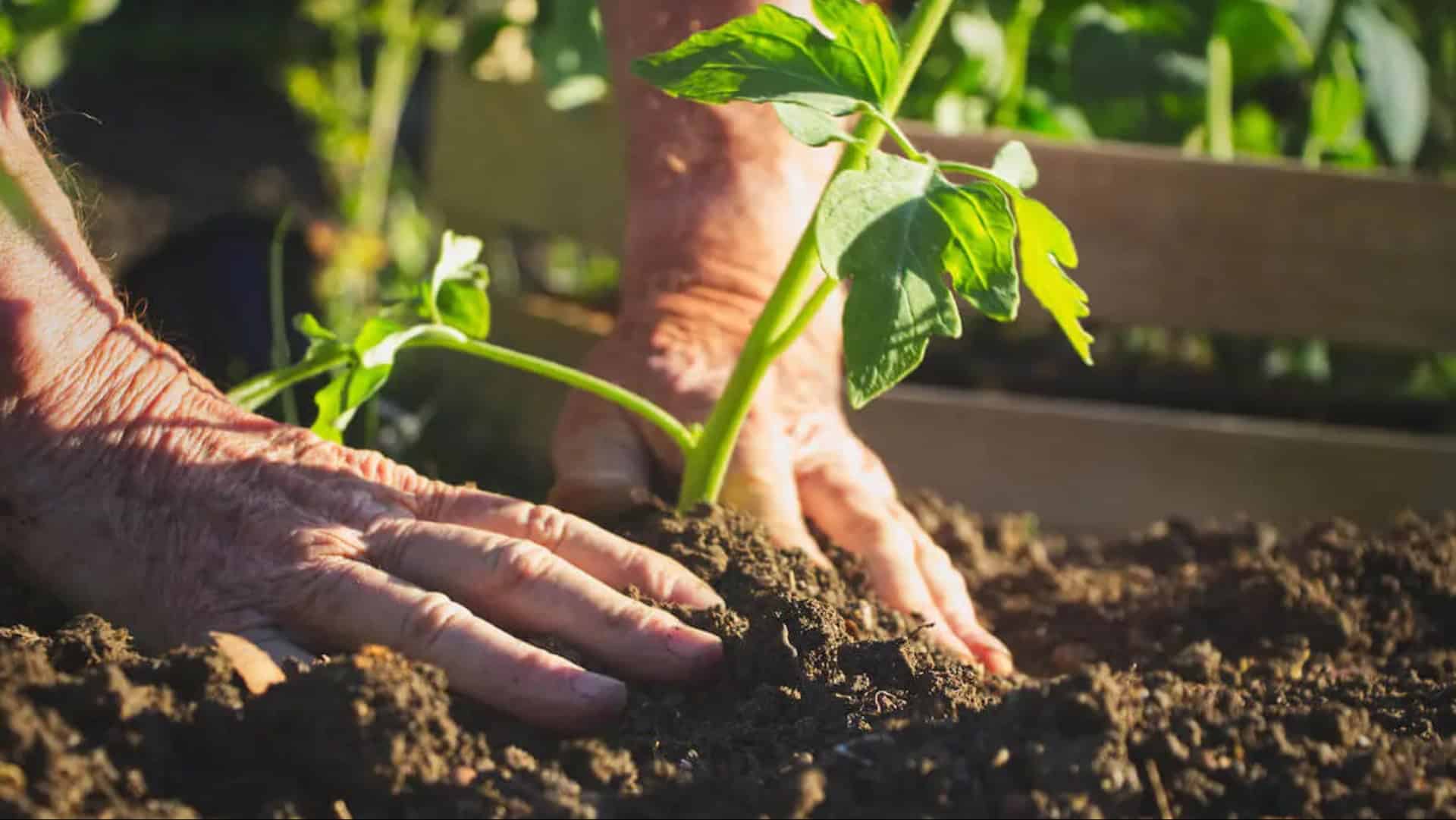No-dig gardening is a revolutionary approach that eliminates the need for back-breaking digging and tilling.
Designed for those who crave a lush garden without the hassle, this method promotes soil health and boosts plant growth naturally.
It’s an eco-friendly choice that reduces labor and enhances sustainability, making it perfect for busy bees eager to enjoy gardening’s rewards without the usual toil.
Explore the myriad benefits of this game-changing gardening technique today!
1. Saves Time and Effort
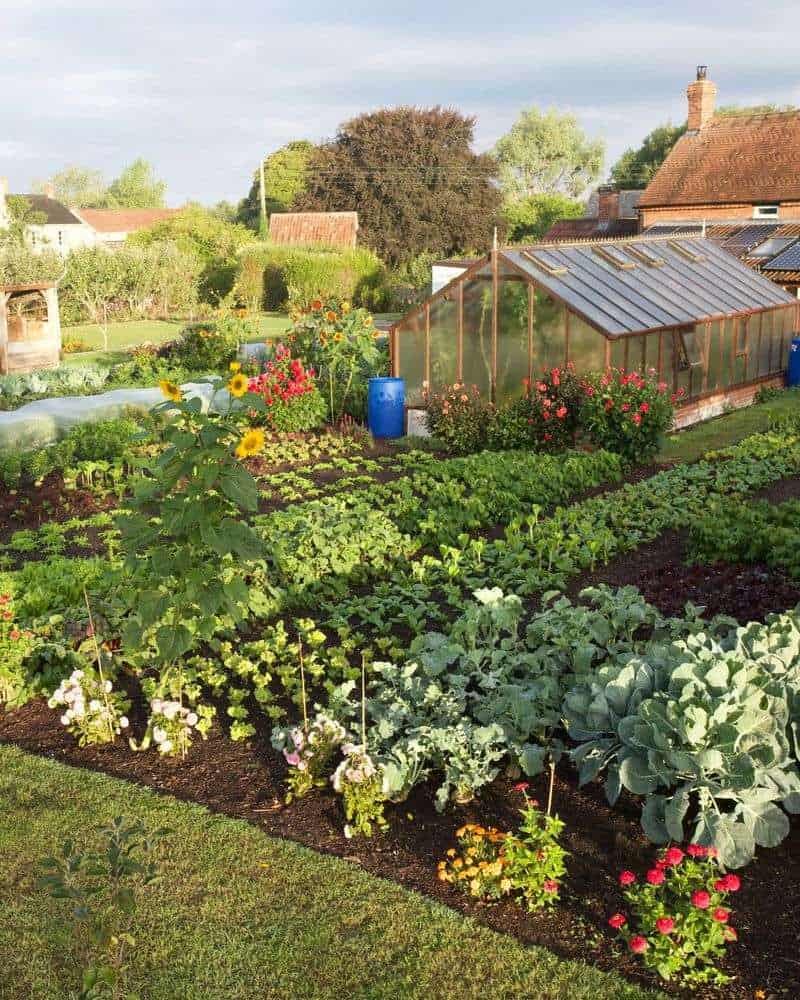
No-dig gardening is perfect for those short on time. By eliminating the need to turn over soil, this method conserves energy and reduces physical strain.
With minimal preparation required, you can focus more on planting and less on groundwork.
This not only saves time but also makes gardening accessible to everyone, including those with physical limitations.
Moreover, the method enhances soil health naturally by allowing organic matter to decompose on the surface, enriching the soil beneath effectively.
2. Boosts Soil Health
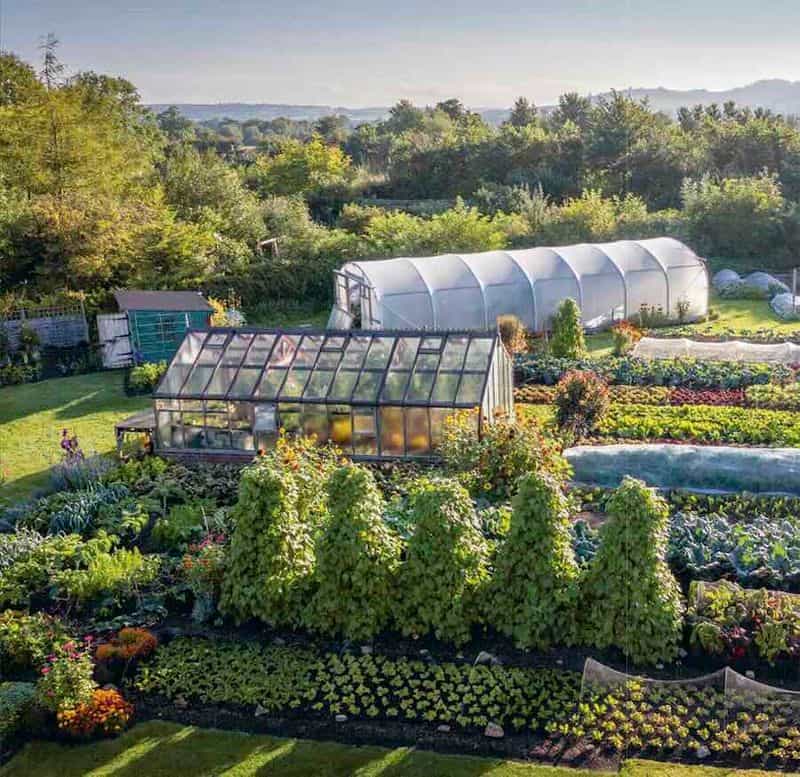
No-dig gardening promotes healthier soil by allowing nature to take its course.
Organic matter like compost is layered on top, encouraging earthworms and beneficial microbes to thrive.
This natural process enhances soil structure and fertility without human intervention. The undisturbed soil retains its natural stratification, improving water retention and reducing erosion.
Over time, the garden soil becomes richer, providing a robust foundation for plants to grow vigorously. It’s a win-win for your garden and the environment.
3. Reduces Weeds Naturally
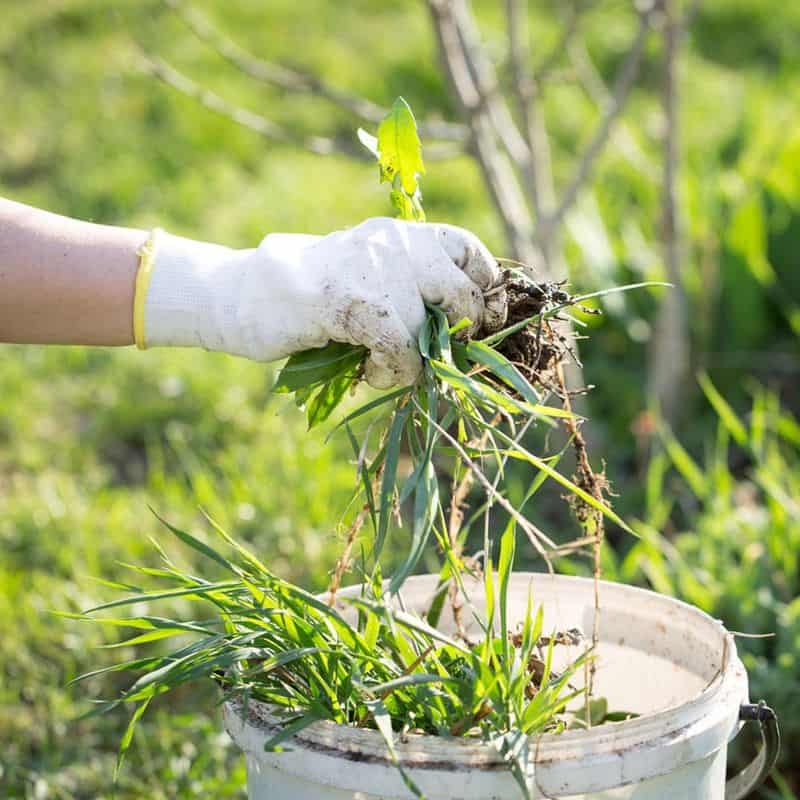
Thick layers of organic mulch play a vital role in suppressing weed growth. By covering the soil, this mulch blocks sunlight, inhibiting weed germination and growth.
This reduces the need for chemical herbicides and frequent weeding sessions.
The mulch also breaks down over time, adding nutrients to the soil and further enhancing its quality. It’s a natural, eco-friendly way to maintain a tidy garden while reducing the workload.
Enjoy a cleaner garden with less hassle and more time for enjoyment.
4. Supports Biodiversity
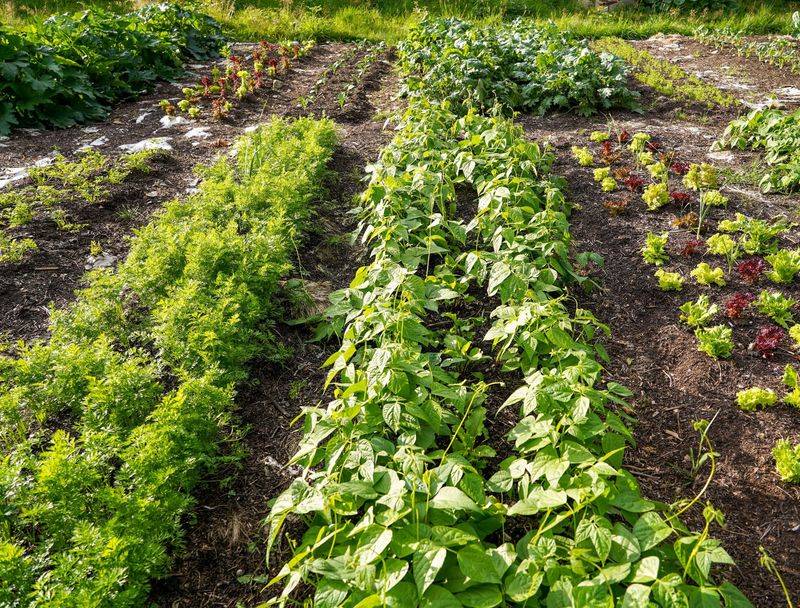
No-dig gardening encourages a diverse ecosystem by supporting various forms of life. The undisturbed soil hosts a myriad of organisms, from microscopic bacteria to larger insects.
These creatures contribute to a balanced ecosystem, aiding in natural pest control and pollination.
By avoiding chemical interventions, this method fosters an environment where beneficial insects and plants can thrive together.
The result is a vibrant, resilient garden teeming with life, offering more than just beauty but also ecological balance.
5. Improves Water Retention

The structure of a no-dig garden aids in better water retention. Layers of organic matter act like a sponge, absorbing and holding moisture effectively.
This means less frequent watering, as the soil naturally maintains its hydration levels.
Improved water retention not only conserves water but also provides plants with a stable supply, promoting healthy growth.
The reduced need for watering makes this technique suitable for regions with limited rainfall, ensuring a lush garden even in drier climates.
6. Prevents Soil Erosion

By maintaining a permanent soil cover, no-dig gardening effectively prevents soil erosion.
The layers of organic material protect the soil from wind and rain, reducing displacement.
This method also preserves the soil’s natural structure, which is crucial for plant stability and nutrient absorption.
Erosion not only depletes soil quality but also affects plant health.
With no-dig gardening, your garden becomes more resilient to environmental changes, ensuring long-term vitality and productivity.
7. Promotes Sustainable Practices
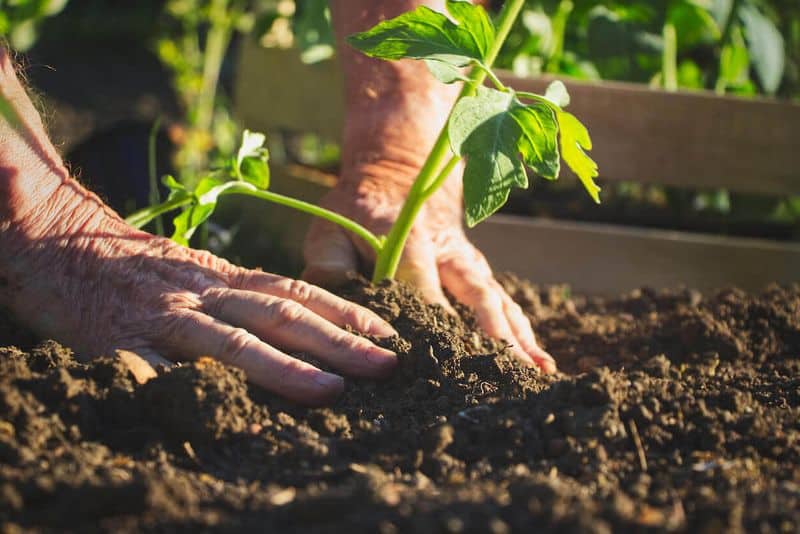
Embracing no-dig gardening aligns with sustainable gardening practices. It minimizes soil disturbance, preserving its natural ecosystem.
By using organic mulches and compost, you contribute to recycling nutrients and reducing waste. This approach also lowers carbon emissions associated with traditional tilling.
Gardeners can enjoy the satisfaction of cultivating food and beauty sustainably.
The method supports long-term soil health, ensuring that future generations can benefit from a productive and healthy growing environment.
8. Grows Versatile Plants
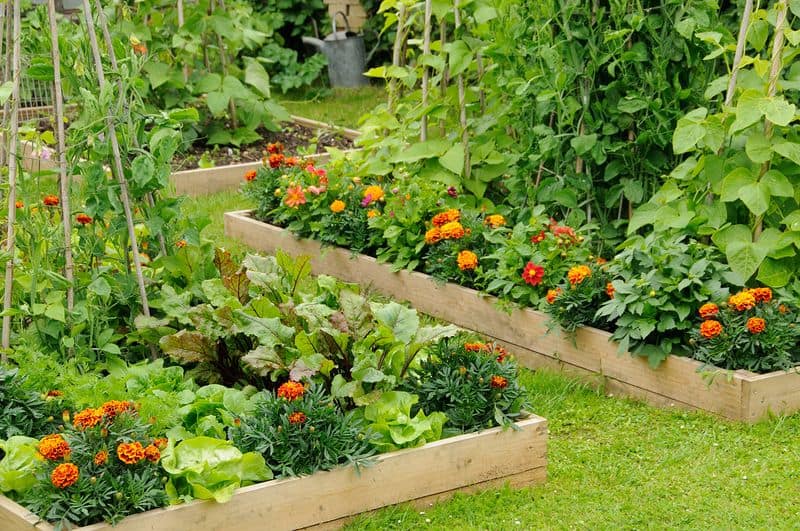
No-dig gardening is adaptable to various plants, from vegetables to flowers.
Without disturbing the soil, plants like tomatoes, carrots, and lettuce can thrive alongside decorative flowers.
This method allows for creative planting arrangements, maximizing space and yield. The enriched soil supports a wide range of plant species, offering flexibility in garden planning.
Whether you’re aiming for a vegetable bounty or a floral display, no-dig gardening accommodates diverse horticultural ambitions with ease and efficiency.
9. Enhances Garden Aesthetics
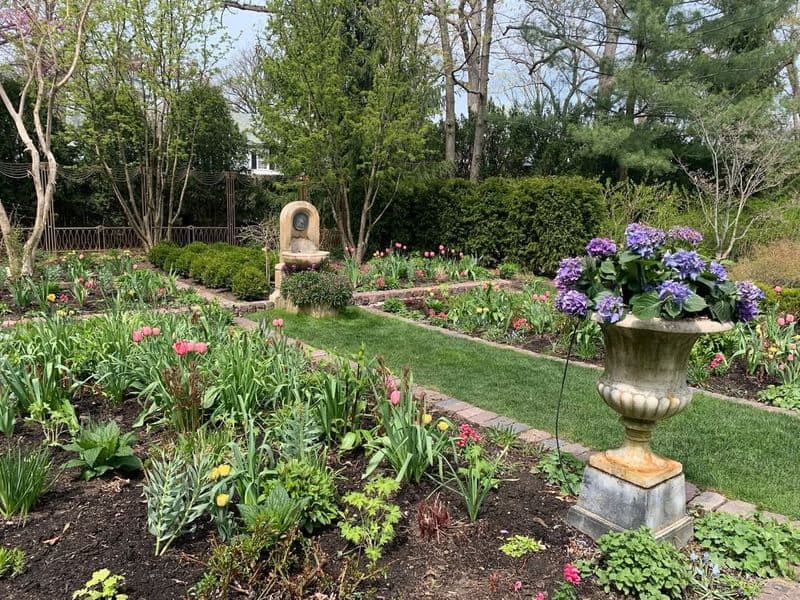
A no-dig garden isn’t just functional – it’s visually appealing too. The layers of mulch create a neat, tidy appearance that enhances the garden’s overall aesthetics.
With healthy, vibrant plants flourishing, your garden becomes an inviting space for relaxation and enjoyment.
The structured layout offers a sense of order and beauty, complementing any landscape.
Whether you have a small urban plot or a sprawling backyard, no-dig gardening can transform it into a stunning, productive oasis.
10. Fosters Community Engagement

No-dig gardening fosters a sense of community by encouraging shared learning and collaboration.
Community gardens adopting this method become hubs of activity where individuals exchange knowledge and gardening techniques.
This collaborative spirit not only strengthens community bonds but also spreads sustainable practices.
Engaging with others in a shared gardening space offers social interaction and a sense of accomplishment.
Together, communities can create thriving, sustainable gardens, enriching neighborhoods with beauty and shared purpose.

